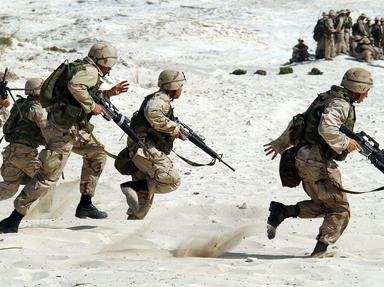Quiz Answer Key and Fun Facts
1. In present day Wolverines from Michigan and Buckeyes from Ohio have a friendly rivalry, often bickering and poking fun at one another. However in 1833 those friendly rivalries heated up as the two areas went to war. What caused the dispute?
2. The Toledo War, or the Michigan-Ohio War, was one of the least bloody wars ever fought. How many casualties were there on both sides combined?
3. Known as the "boy governor" who was in charge of the Michigan Territory when the war broke out?
4. The two area's militias gathered on the north and south banks of what river, that separated the modern city of Toledo from Maumee?
5. "Never in the course of my life have I known a controversy of which all the right so clearly on one side and all the power so overwhelmingly on the other." Which former U.S. President said those words about the conflict?
6. Ohio's Governor at the start of the conflict chose not to run for re-election during the 1836 election. Instead he used his friendship with President Martin Van Buren to be appointed territorial governor of what newly formed territory?
7. While he wasn't directly involved in the conflict, John Fulton had a county in Ohio named after him because of his perceived involvement in the war.
8. A compromise was agreed upon in 1836, but it took until what year for the official boundary between the two states to be agreed upon?
9. Despite the dispute officially coming to a close in 1836, the two governments continued to have legal disputes over the water rights in the area into the 1970s.
10. The war officially came to a close with Ohio gaining the disputed land. What did Michigan get?
Source: Author
Shadowmyst2004
This quiz was reviewed by FunTrivia editor
bloomsby before going online.
Any errors found in FunTrivia content are routinely corrected through our feedback system.
